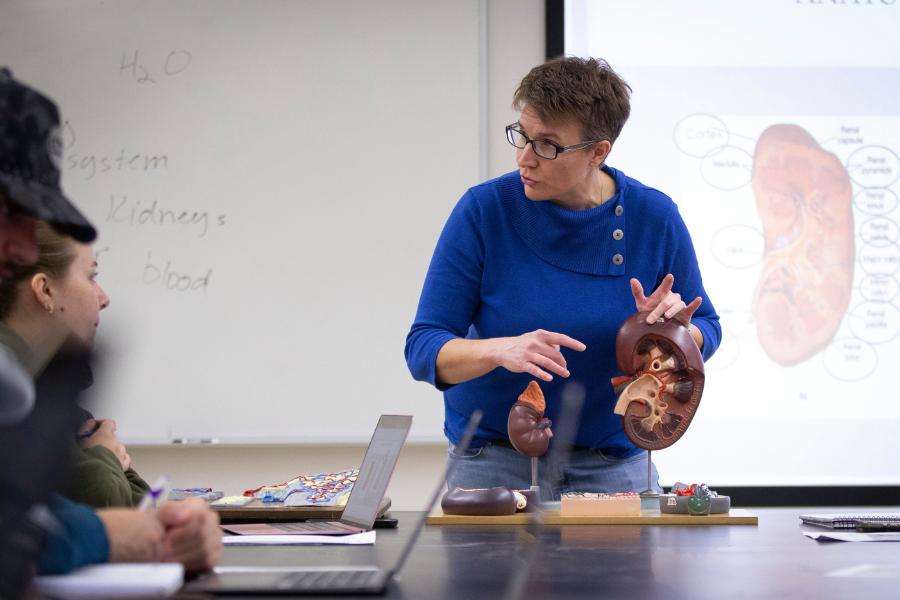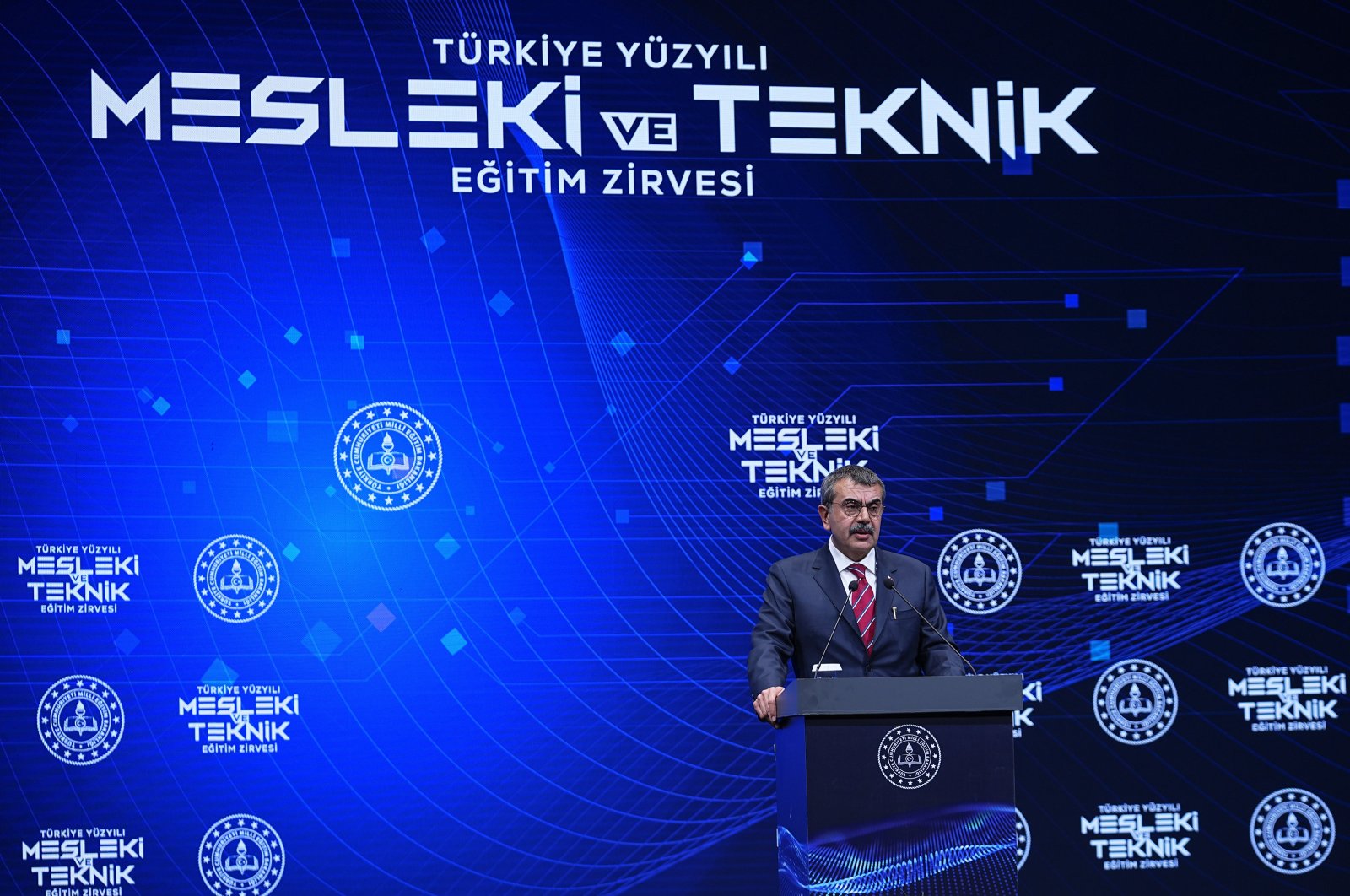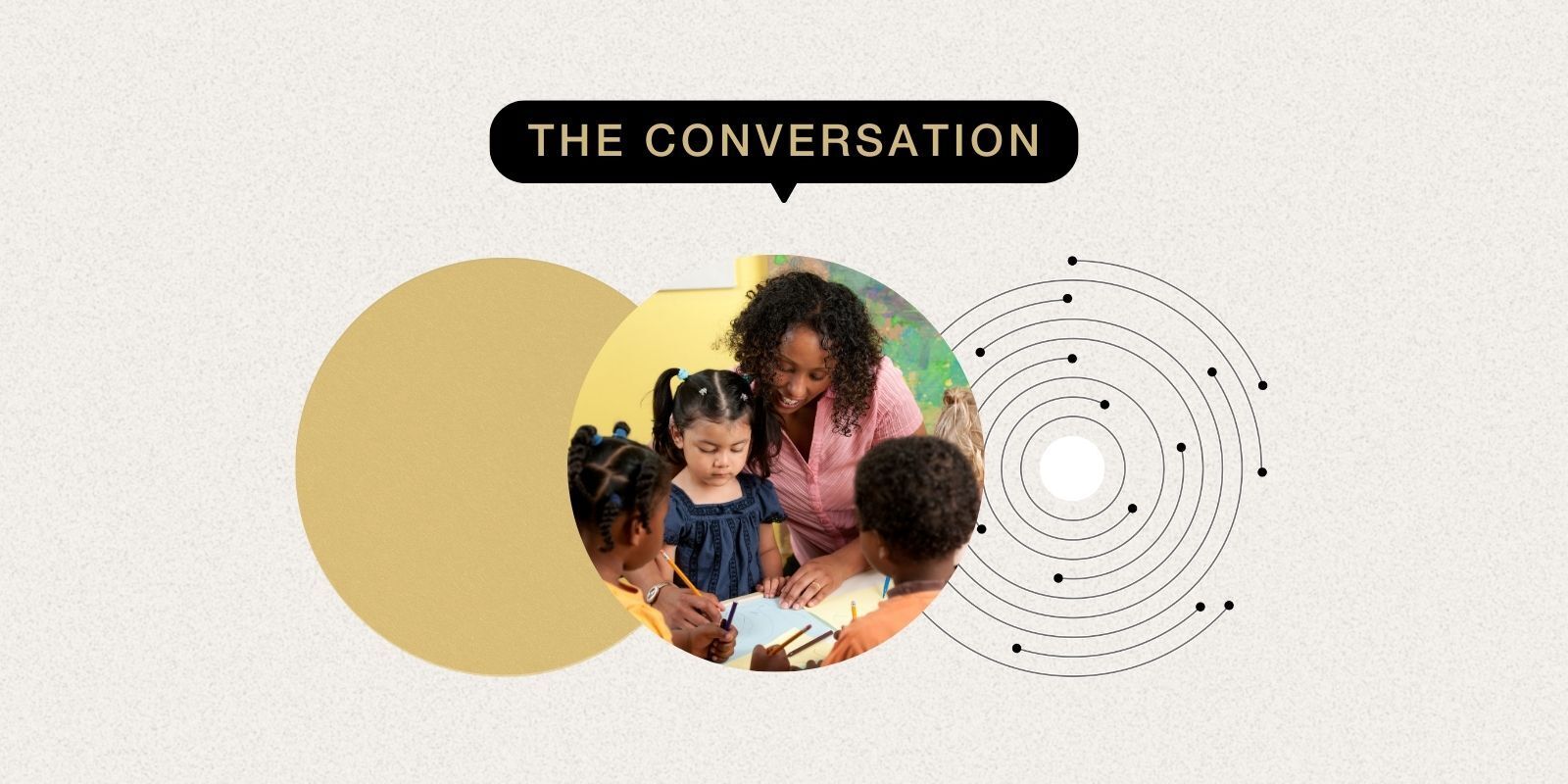Applications Open for the FIFA Global Citizen Education Fund 2026 – Global South Opportunities

Report on the FIFA Global Citizen Education Fund Initiative
1.0 Introduction and Strategic Alignment with Sustainable Development Goals (SDGs)
The FIFA Global Citizen Education Fund has issued a call for applications from grassroots, non-profit organizations. This initiative represents a strategic partnership between FIFA and Global Citizen, directly contributing to the United Nations Sustainable Development Goals (SDGs), particularly SDG 17 (Partnerships for the Goals). The Fund’s core mission is to leverage sports and education to empower children in underserved communities, thereby advancing SDG 4 (Quality Education). By investing in local organizations, the Fund seeks to build a more equitable and sustainable future, addressing systemic barriers to learning and fostering inclusive growth in alignment with SDG 10 (Reduced Inequalities).
2.0 Grant Program Overview
The Fund provides one-time grants to community-based organizations that utilize education and sports as integrated tools for empowerment and social development. The program is designed to support organizations that are making tangible contributions to SDG 4 at a local level.
2.1 Grant Specifications
- Grant Range: USD 50,000–250,000
- Grant Duration: One year (recipients are not eligible for re-application)
- Beneficiary Scope: Organizations must serve between 500 and 10,000 individuals.
- Funding Allocation (Cycle I): Approximately 150 organizations will be funded in 2026.
- Budgetary Constraint: The requested grant amount must not exceed 50% of the applicant’s annual operating budget for the proposed grant year.
2.2 Application Categories
Applicants may apply under one of two support categories:
- General Operating Support: To enhance organizational capacity and sustain ongoing educational programs that contribute to SDG 4.
- Program/Project Support: For the implementation of specific initiatives that use education or sports to achieve objectives aligned with the Fund’s mission and relevant SDGs.
3.0 Eligibility and Compliance
3.1 Organizational Eligibility Criteria
- Legal Status: Applicants must be legally registered as non-profit entities within their country of operation.
- Direct Implementation: The organization must directly implement all proposed activities aimed at improving educational access or quality, ensuring direct impact on SDG 4 targets.
- Financial Accountability: A minimum of three years of audited or certified financial statements is required to demonstrate sound financial management.
- Operational Capacity: Applicants must provide evidence of a capable leadership team, established community trust, and the infrastructure to execute programs effectively.
3.2 Reporting Requirements
To ensure transparency and accountability, successful grantees are required to submit mid-term and final reports. These reports will detail progress, outcomes, and challenges, contributing to a shared knowledge base for advancing educational goals.
4.0 Proposal Evaluation Framework and SDG Linkages
Proposals will be evaluated based on their potential for sustainable impact and alignment with key SDGs. The evaluation framework is structured to prioritize initiatives that address the multifaceted nature of educational inequality.
4.1 Addressing Local Learning Barriers
- Economic Accessibility: Initiatives must demonstrate how they reduce financial barriers to education, contributing to SDG 4 and SDG 1 (No Poverty).
- Inclusive Infrastructure: Projects should focus on creating safe and accessible learning environments.
- Equity and Inclusion: Strong preference will be given to projects that actively promote SDG 5 (Gender Equality) and the inclusion of students with disabilities, directly supporting SDG 10 (Reduced Inequalities).
- Child Safeguarding: Applicants must have robust child protection policies, aligning with principles of SDG 16 (Peace, Justice and Strong Institutions).
4.2 K–12 Education Grant Selection Criteria
- Alignment with SDG 4: The project must address a critical educational need with measurable outcomes.
- Focus on Marginalized Communities: Priority is given to projects targeting historically underserved populations to advance SDG 10.
- Strategic Congruence: Proposals must align with the goal of using football and sports as tools for learning, empowerment, and well-being, contributing to SDG 3 (Good Health and Well-being).
- Sustainability and Partnerships (SDG 17): Projects that leverage co-funding, build local partnerships, and demonstrate a clear path to long-term viability will be prioritized.
- Community-Led Design: Meaningful involvement of community members in project design and implementation is essential for ensuring local ownership and relevance.
5.0 Application Process and Timeline
5.1 Submission Details
- Application Language: Applications are available in English, with other languages to be added. Submissions in native languages are accepted.
- Application Limit: Only one application per organization will be considered.
5.2 Key Dates for Cycle I (2026)
- Applications Open: October 27, 2025
- Applications Close: December 31, 2025
- Follow-up Contact Deadline: December 31, 2025
- Award Notifications: Early February 2026
5.3 Selection Process
The selection process involves an initial eligibility screening, followed by a comprehensive review by an evaluation committee. Shortlisted organizations may be invited for further discussion to assess impact potential, accountability, and strategic alignment with the Fund’s SDG-focused mission.
Analysis of SDGs in the Article
1. Which SDGs are addressed or connected to the issues highlighted in the article?
-
SDG 4: Quality Education
This is the central theme of the article. The “FIFA Global Citizen Education Fund” is explicitly designed to “expand access to quality education” for children in underserved communities. The entire initiative, from its purpose to its evaluation criteria, is focused on improving educational outcomes.
-
SDG 5: Gender Equality
The article mentions that preference will be given to initiatives that “promote gender equity.” The fund’s overall vision includes promoting “gender equality,” directly aligning with this goal.
-
SDG 10: Reduced Inequalities
The fund targets “underserved communities,” “vulnerable populations,” and “historically underrepresented and marginalized communities.” By focusing on these groups and aiming to reduce financial and infrastructural barriers, the initiative directly addresses the goal of reducing inequalities.
-
SDG 17: Partnerships for the Goals
The initiative is a partnership between two major entities, “FIFA and Global Citizen.” Furthermore, the evaluation criteria favor proposals that “attract co-funding” and “develop local partnerships,” emphasizing the importance of collaboration to achieve sustainable development.
2. What specific targets under those SDGs can be identified based on the article’s content?
-
SDG 4: Quality Education
- Target 4.1: By 2030, ensure that all girls and boys complete free, equitable and quality primary and secondary education. The fund supports K-12 education and aims to remove “financial barriers that prevent children… from attending or completing school.”
- Target 4.5: By 2030, eliminate gender disparities in education and ensure equal access to all levels of education for the vulnerable, including persons with disabilities. The article explicitly prioritizes “gender equity and inclusion of students with disabilities or diverse learning needs.”
- Target 4.a: Build and upgrade education facilities that are child, disability and gender sensitive and provide safe, non-violent, inclusive and effective learning environments for all. The fund supports projects that “strengthen or expand educational facilities to create safe, accessible, and effective learning environments.”
-
SDG 5: Gender Equality
- Target 5.1: End all forms of discrimination against all women and girls everywhere. By giving preference to initiatives that “promote gender equity,” the fund contributes to ending discrimination in educational access and participation.
-
SDG 10: Reduced Inequalities
- Target 10.2: By 2030, empower and promote the social, economic and political inclusion of all, irrespective of age, sex, disability, race, ethnicity, origin, religion or economic or other status. The fund’s focus on “historically underrepresented and marginalized communities” and “inclusion of students with disabilities” directly supports this target.
-
SDG 17: Partnerships for the Goals
- Target 17.17: Encourage and promote effective public, public-private and civil society partnerships. The collaboration between FIFA (private sector) and Global Citizen (civil society) is a prime example. The fund also supports grassroots “community-based organizations” and encourages them to “develop local partnerships.”
3. Are there any indicators mentioned or implied in the article that can be used to measure progress towards the identified targets?
-
SDG 4: Quality Education
- Implied Indicator: Number of children from vulnerable populations who attend or complete school as a result of the funded initiatives. This measures progress towards Target 4.1.
- Implied Indicator: Number of educational facilities built, strengthened, or expanded. This relates to Target 4.a.
- Implied Indicator: Number of programs promoting inclusion for girls and students with disabilities. This helps track progress on Target 4.5.
-
SDG 5: Gender Equality
- Implied Indicator: The number of funded projects that have a primary or significant objective of promoting gender equity, which can be tracked through the required mid-term and final reports. This relates to Target 5.1.
-
SDG 10: Reduced Inequalities
- Mentioned Indicator: The number of individuals served by each organization, which must be between “500 and 10,000 individuals.” This provides a direct measure of the reach into underserved communities, aligning with Target 10.2.
-
SDG 17: Partnerships for the Goals
- Mentioned Indicator: The number of organizations receiving support (“Approximately 150 organizations will receive support in 2026”). This quantifies the scale of the civil society partnership network being built.
- Implied Indicator: The amount of co-funding or the number of local partnerships developed by grantees, as this is a favored criterion for selection. This measures the leveraging effect of the primary partnership.
4. Summary Table of SDGs, Targets, and Indicators
| SDGs | Targets | Indicators |
|---|---|---|
| SDG 4: Quality Education |
|
|
| SDG 5: Gender Equality |
|
|
| SDG 10: Reduced Inequalities |
|
|
| SDG 17: Partnerships for the Goals |
|
|
Source: globalsouthopportunities.com
What is Your Reaction?
 Like
0
Like
0
 Dislike
0
Dislike
0
 Love
0
Love
0
 Funny
0
Funny
0
 Angry
0
Angry
0
 Sad
0
Sad
0
 Wow
0
Wow
0














































.jpg.webp?itok=0ZsAnae9#)







:focal(1500,1000)/https://media.globalcitizen.org/a6/9a/a69a4720-d8a1-4715-b596-18738d03c05c/rotary_polio_hero_image.jpg?#)

/countries/sri-lanka/photo-credit---dmc-sri-lanka.tmb-1200v.jpg?sfvrsn=dc298bcc_1#)



















